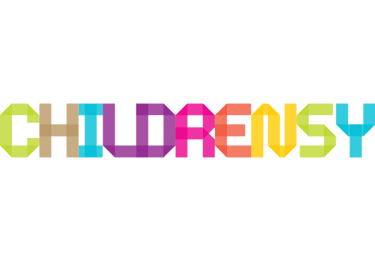Teaching Children About Diversity & Inclusion
Kylo B
5/10/2024
Teaching Children About Diversity & Inclusion
In a diverse and interconnected world, teaching children about diversity and inclusion is crucial for fostering empathy, respect, and understanding among individuals from different backgrounds.
By embracing diversity and celebrating differences, children develop positive attitudes towards others and cultivate a sense of belonging and acceptance.
In this article, we'll explore the importance of teaching children about diversity and inclusion and provide practical strategies for parents and educators.
Understanding Diversity and Inclusion
Diversity refers to the wide range of human differences, including but not limited to race, ethnicity, culture, religion, language, gender identity, sexual orientation, abilities, and socioeconomic status.
Inclusion involves creating environments where all individuals are valued, respected, and included regardless of their differences.
Importance of Teaching Diversity & Inclusion to Children
Promotes Empathy & Understanding:
Learning about diversity encourages children to develop empathy and compassion towards others' experiences and perspectives.
Exposure to diverse cultures and backgrounds helps children understand the world's complexity and appreciate cultural richness.
Fosters Respect & Acceptance:
Teaching inclusion promotes respect for individual differences and challenges stereotypes and biases.
Children learn to appreciate diverse viewpoints and recognize the value of inclusion in creating a harmonious society.
Builds Positive Social Skills:
Embracing diversity encourages children to build positive relationships with peers from different backgrounds.
Inclusive environments foster cooperation, teamwork, and collaboration among children with diverse perspectives.
Prepares Children for a Global Society:
In an increasingly globalized world, understanding diversity prepares children to navigate multicultural contexts and interact respectfully with people from diverse backgrounds.
Strategies for Teaching Diversity & Inclusion to Children
Start Early & Be Proactive:
Introduce discussions about diversity and inclusion early in childhood through age-appropriate books, toys, and activities.
Use everyday experiences (e.g., encounters with diverse communities, festivals, or celebrations) as teachable moments.
Use Inclusive Language & Representation:
Use inclusive language that reflects diversity in books, media, and conversations.
Provide diverse and representative books, toys, and media that reflect different cultures, races, and identities.
Encourage Cultural Exploration:
Explore diverse cuisines, traditions, and customs through food, music, art, and storytelling.
Organize cultural outings or visits to cultural centers, museums, or community events.
Facilitate Open Discussions:
Create a safe and respectful environment for open discussions about diversity and inclusion.
Encourage children to ask questions, share experiences, and express curiosity about different cultures and identities.
Promote Empathy & Perspective-Taking:
Foster empathy by encouraging children to imagine themselves in someone else's shoes.
Teach perspective-taking skills by discussing different viewpoints and experiences.
Address Bias & Stereotypes:
Challenge stereotypes and biases by discussing fairness, equality, and human rights.
Encourage critical thinking and teach children to question stereotypes and prejudices.
Teaching children about diversity and inclusion is essential for fostering a more equitable, empathetic, and inclusive society.
By embracing diversity and celebrating differences, children develop essential social and emotional skills that promote respect, empathy, and acceptance of others.
Parents, educators, and caregivers play a vital role in promoting diversity education and creating inclusive environments where children feel valued and respected regardless of their differences.
Embrace the opportunity to teach children about diversity and inclusion, and empower them to become compassionate, respectful, and culturally competent individuals who contribute positively to a diverse world.

